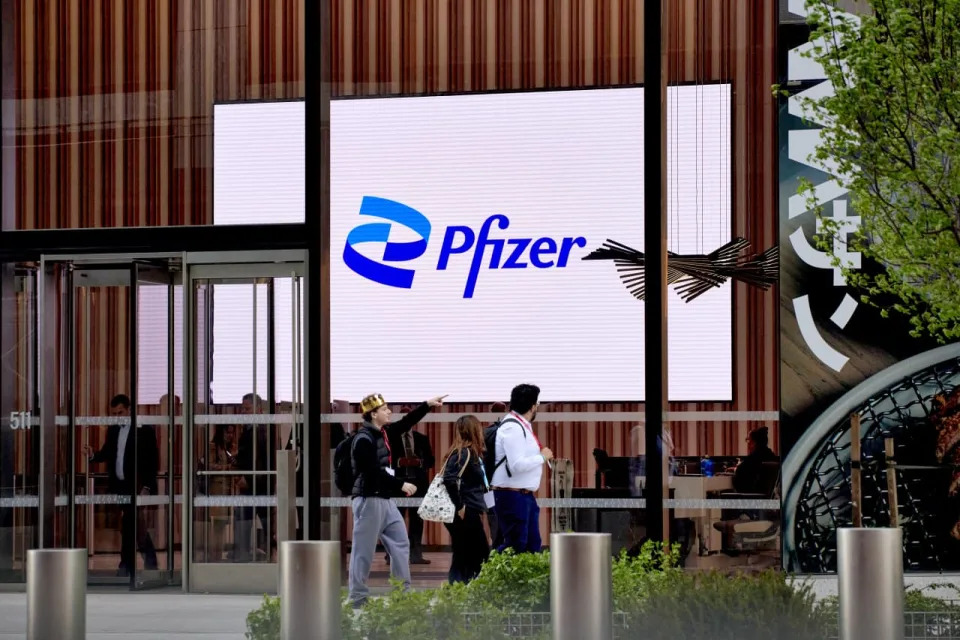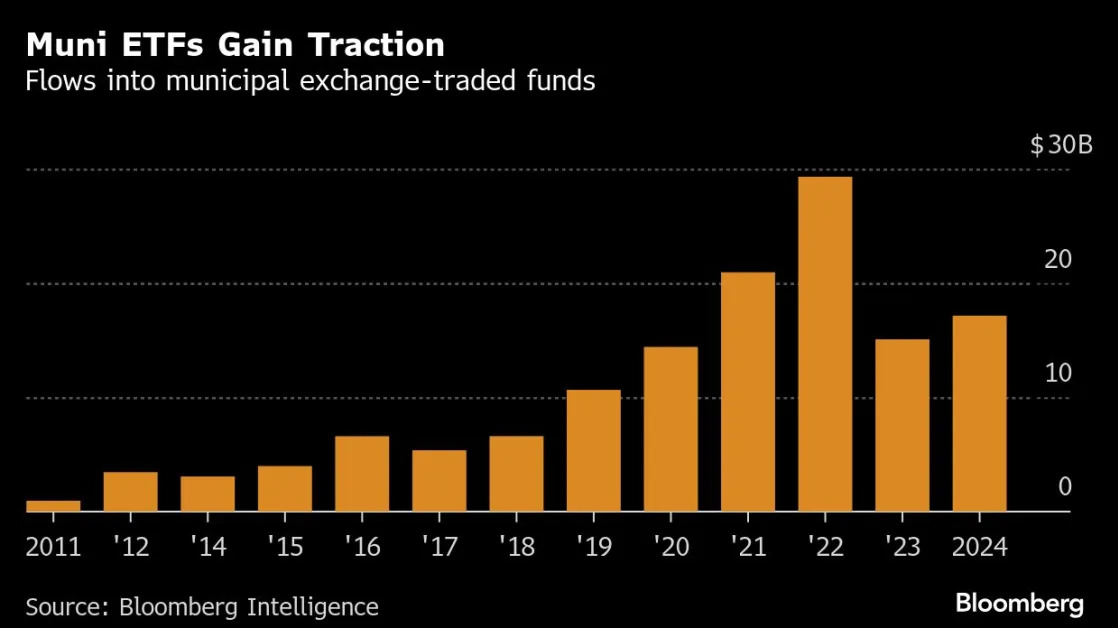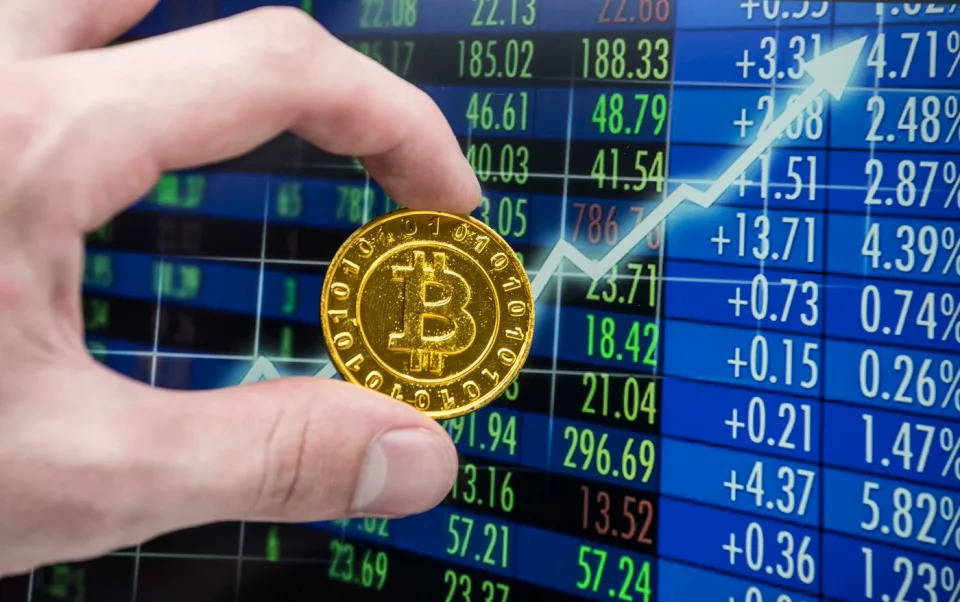
Donald Trump’s election win prompted even more bullishness in a stock market that was already up significantly for the year. For healthcare investors, though, it represented yet another reason to dump some stock.
Trump’s appointment of industry skeptics like Robert F. Kennedy Jr., alongside broader expectations of a Republican crackdown on programs like Medicaid and Obamacare, has prompted a selloff in everything from hospitals to pharmaceuticals, health insurers and biotech.
The election jitters exacerbated what had already been a tough period for the industry. In 2023, healthcare underperformed the S&P 500 by about 22 percentage points, so many believed that 2024 would be a bounce-back year. Instead, history repeated itself, with yet another 20-percentage-point underperformance for healthcare. That created a valuation gap that looks like a historic aberration: The Health Care Select Sector ETF is trading at a more than 20% discount to the S&P 500 based on their forward earnings multiples, far larger than the average 5% discount seen over the past two decades, according to FactSet.
The market bearishness is partly due to financial fundamentals. At a time when the U.S. economy is on solid footing and tech companies are riding high on the AI frenzy, most healthcare subsectors seem to be caught in a negative earnings-revision cycle, writes Asad Haider, a healthcare equity strategist at Goldman Sachs. The reasons are idiosyncratic. For health insurers, it was due to higher-than-expected postpandemic costs as people returned in droves to hospitals and doctors. For pharma, some of the profitability issues have stemmed from higher acquisition-related charges as the industry seeks to make up for low growth with dealmaking. But the bottom line is that in a red-hot market, healthcare simply isn’t where investors want to be. Since the start of 2023, Goldman data shows healthcare with the second-biggest outflows among S&P 500 sector ETFs, behind energy.
Normally, this is when a savvy investor might note that if the economy hits the skids, healthcare could offer a safe haven. The sector has typically acted as a hedge against market downturns due to its nondiscretionary nature, and 2022, when investors feared a hard landing, did work that way . But even the industry’s traditional defensive appeal has faded. Since the election, “the constant barrage of regulatory, political, clinical, and competitive dynamics prevents greater protection as it relates to stock volatility,” notes Jared Holz, a healthcare-sector specialist at Mizuho. In recent trading, notes Goldman’s Haider, healthcare seems to have decoupled from other defensive groups.
The good news is 2025 may not be much worse. History suggests that when political uncertainty drives the sector sharply down, it tends to eventually bounce back as policy outcomes turn out to be less severe than initially feared. Given many Republicans aren’t on board with the RFK agenda and the emerging divisions within MAGA-land , a hard-hitting overhaul of any part of the industry would be an uphill climb. Early signs of political dysfunction are already on display, resulting in failure to pass a budget compromise that included reform of the pharmacy-benefit-management industry . But the issue for investors is that it is hard to time when the policy overhang will lift.
For now, Haider suggests the best way to play healthcare is probably to continue betting on single stocks that offer a growing product. Such companies typically command a higher multiple than the rest of the industry, but they are the ones that continue to drive the sector’s gains. Obvious industry leaders include Intuitive Surgical and Eli Lilly. Lilly returned 32% last year, while Intuitive returned 55%. Another way to play the sector is by betting on companies like CVS Health or Pfizer, whose stocks are trading at historically depressed levels while still offering sustainable business models and high dividends.
Zooming out, the political pressure will wax and wane, but it won’t totally go away simply because U.S. healthcare expenditure is so high. Health spending in the U.S. has exploded from about 5% of gross domestic product 50 years ago to roughly 17% to 18% today, a number that is significantly higher than other rich nations. While high, that ratio has been relatively stagnant for the past 15 years—apart from a spike during the pandemic—suggesting political and fiscal realities won’t allow the industry to outgrow the economy forever. The surest way to outperform peers at this point is by offering indispensable innovation, like Lilly’s obesity drugs and Intuitive’s state-of-the art surgical robots.
Uncertainty for the healthcare industry isn’t going away anytime soon. But that doesn’t mean there aren’t plenty of opportunities.
Write to David Wainer at david.wainer@wsj.com





